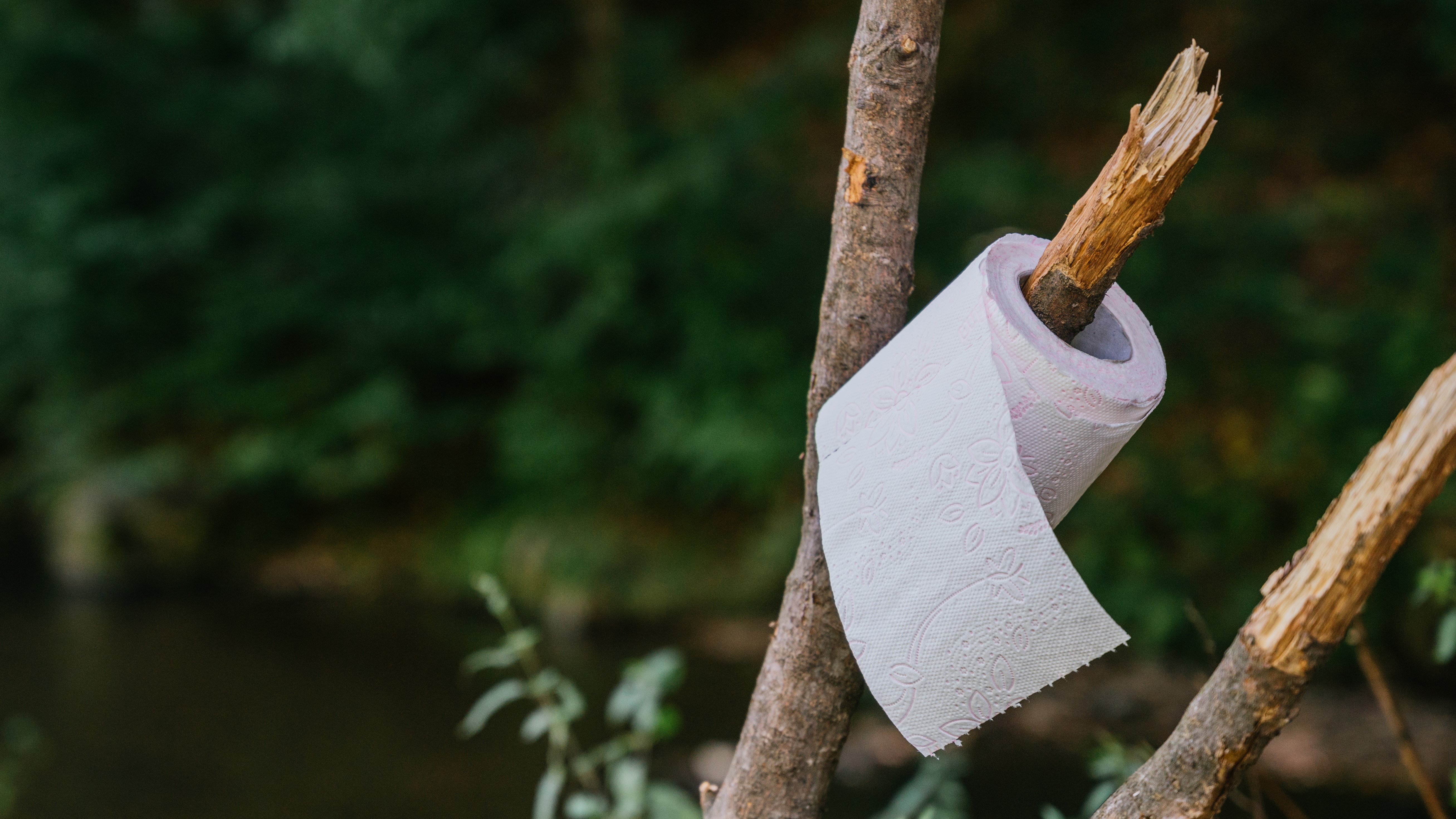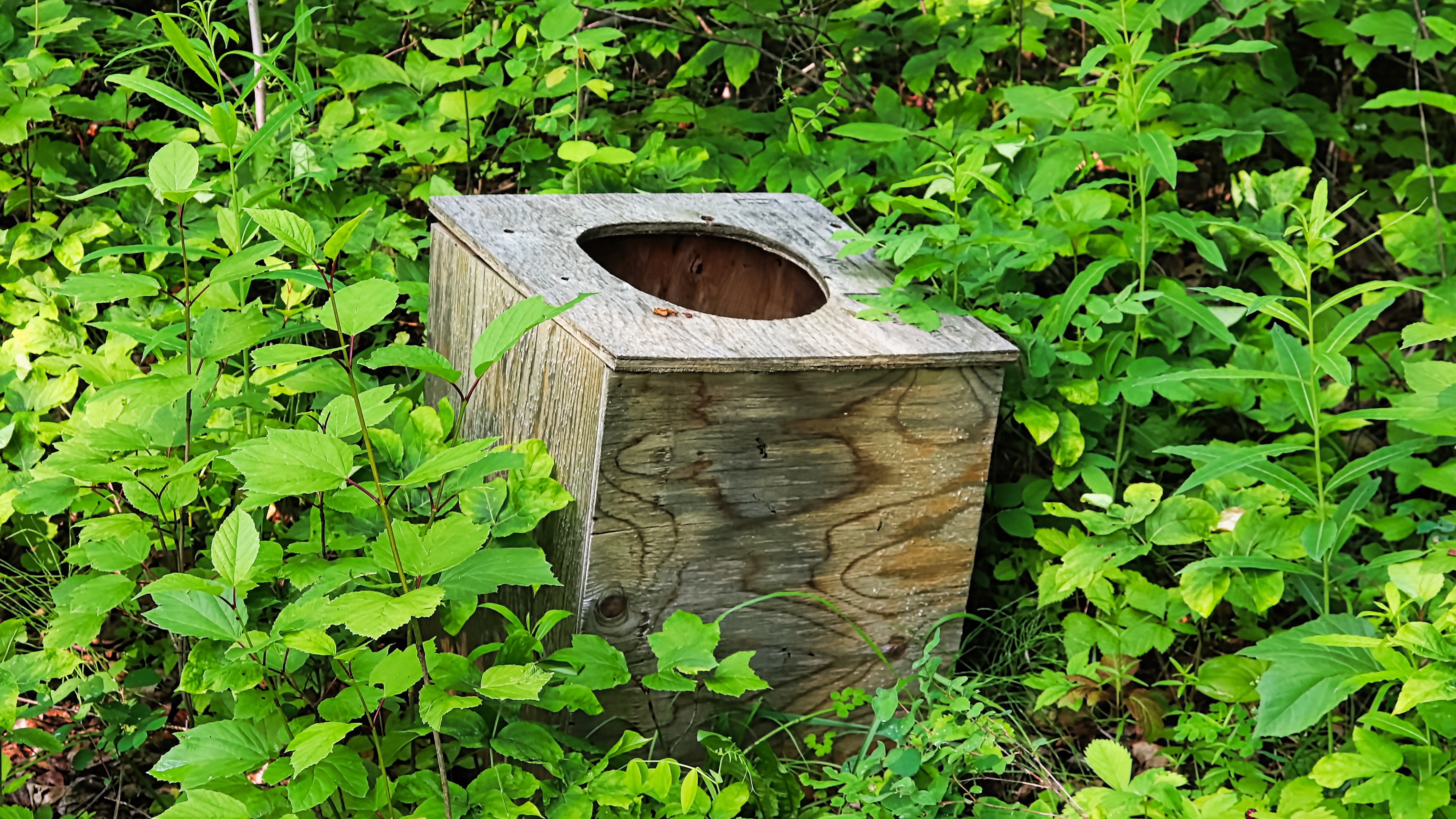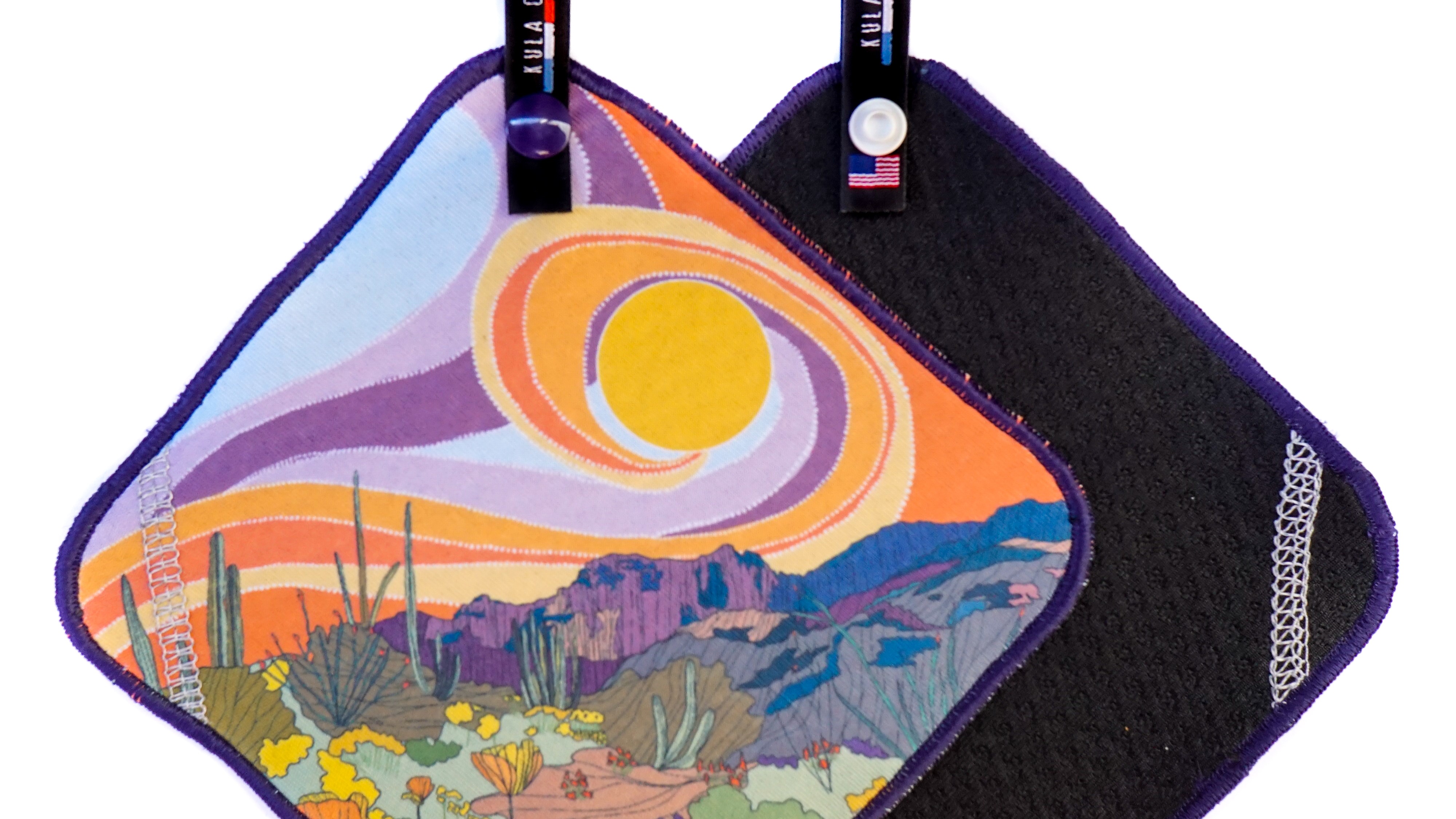
As a hiker, I hate sneaking off into the bushes for a surreptitious pee only to discover a pile of used toilet paper strewn around more than anyone. When you’re out in your hiking boots for long periods, nature is eventually going to call, but the current advice on peeing and pooping on the trail is to bury your waste in remote areas, or better yet pack that paper up (along with your poop to be honest) and carry it out with you in heavily-trafficked or sensitive areas, unpleasant though the thought may be.
So a few years back, when I noticed people starting to talk about pee cloths for hiking, I took notice. According to some vocal female hikers, they were a game-changer and I was mad not to have one. Reddit threads on pee clothes are full of rabid fans, a few complaining theirs are smelly, and the odd confused user wondering why women wipe after a pee, but that's a separate article. The point is, a lot of people seemed to think I needed one.
Had I been getting it all wrong over the years with my drip-dry method? You might be asking yourself this question after hearing about pee cloths. Or you might simply be asking yourself the more obvious question: what is a pee cloth? Let’s start with that, then we can discuss whether or not you need one.

What is a pee cloth for hiking?
A pee cloth is a solution to the question of how to wipe in the wild without carrying tons of toilet paper in your hiking backpack, or violating the principles of Leave No Trace. For a long time, female hikers on long-distance jaunts who didn’t want to carry an entire toilet roll relied instead on reusable cloth bandanas, which they attached to the outside of their backpacks so as not to contaminate the insides of their packs with pee. The bandanas were made of cotton, however, and soon got as smelly as cotton undies do on a multi-day hike.
A non-stinky solution was needed, and as far as I can tell, the first company to think one up was Kula Cloth, which was founded by an adventure coach named Anastasia Allison in the Pacific Northwest. She explains that the idea came to her on a trip to the Alpine Lakes Wilderness in Washington State which was tarnished by the discovery of toilet paper everywhere. Instead of just complaining about it online like I do, she decided to do something about it.
The Kula Cloth is a small (6X6in) square piece of absorbent fabric that’s anti-microbial, meaning it doesn’t get too stinky. It’s treated with silver, which research shows does have antibacterial properties, though it’s not clear if this eventually washes off.
Kula Cloths have one waterproof side for your hand, and another absorbent side that is always dark in color, so as to not show stains – which is good because much like their predecessor the bandana, you attach it to the outside of your backpack for all to see, via an integrated clip. It’s got some other thoughtful design features too, such as reflective details so you can find it in the dark when you’re stumbling around your campsite with only a headlamp for illumination.
Since the Kula Cloth was launched, other imitations have come along such as the Circe Care Pee Cloth on Amazon, which has a distinctly similar design and is a little cheaper, but I’m advised that a reason to go for Kula Cloth is that they support local artists, by putting their cool designs on your pee cloth. Which I guess is a form of flattery.

Do you need a pee cloth?
Pee cloths are a divisive issue among hikers. Some extoll their amazing benefits, others think they’re an unnecessary expense.
Far be it from me to tell you what to do when it comes to squatting in the woods, but I can see the arguments for using one for a thru-hike. On such a journey, you might be going several days between supply stops where you can deposit your ever-increasing bag of dirty toilet paper, and drip-drying for seven days in a row might be a little excessive.
But if you’re on a day hike, or even an overnight backpacking trip? You can probably save yourself the expense and drip-dry all the way.
Whatever you choose to do on your next hike, definitely invest in some hiking underwear made from merino wool like the Intraknit Bikini underwear from Smartwool, as this will also do a better job of keeping unwanted odors at bay. And give your pee cloth a wash when you get back to town.







